Audi Q7 vs Volvo V60 – Which car suits you better?
Both models have their strengths – but which one suits you more?
Compare performance, efficiency, price and space directly: Audi Q7 or Volvo V60?
Here’s where it gets real: The technical differences in detail
Costs and Efficiency: Price and efficiency are often the first things buyers look at. Here it becomes clear which model has the long-term edge – whether at the pump, the plug, or in purchase price.
Volvo V60 has a clearly advantage in terms of price – it starts at 41600 £, while the Audi Q7 costs 69300 £. That’s a price difference of around 27694 £.
Fuel consumption also shows a difference: the Audi Q7 manages with 1.20 L and is therefore significantly more efficient than the Volvo V60 with 2.40 L. The difference is about 1.20 L per 100 km.
As for range, the Volvo V60 performs hardly perceptible better – achieving up to 92 km, about 8 km more than the Audi Q7.
Engine and Performance: Under the bonnet, it becomes clear which model is tuned for sportiness and which one takes the lead when you hit the accelerator.
When it comes to engine power, the Audi Q7 has a to a small extent edge – offering 507 HP compared to 455 HP. That’s roughly 52 HP more horsepower.
In acceleration from 0 to 100 km/h, the Audi Q7 is somewhat quicker – completing the sprint in 4.10 s, while the Volvo V60 takes 4.60 s. That’s about 0.50 s faster.
In terms of top speed, the Audi Q7 performs evident better – reaching 250 km/h, while the Volvo V60 tops out at 180 km/h. The difference is around 70 km/h.
There’s also a difference in torque: the Audi Q7 pulls hardly perceptible stronger with 770 Nm compared to 709 Nm. That’s about 61 Nm difference.
Space and Everyday Use: Cabin size, boot volume and payload all play a role in everyday practicality. Here, comfort and flexibility make the difference.
Seats: Audi Q7 offers noticeable more seating capacity – 7 vs 5.
In curb weight, the Volvo V60 is somewhat lighter – 1734 kg compared to 2055 kg. The difference is around 321 kg.
In terms of boot space, the Audi Q7 offers convincingly more room – 887 L compared to 519 L. That’s a difference of about 368 L.
In maximum load capacity, the Audi Q7 performs noticeable better – up to 2255 L, which is about 824 L more than the Volvo V60.
When it comes to payload, Audi Q7 clearly takes the win – 885 kg compared to 506 kg. That’s a difference of about 379 kg.
Our conclusion: The Audi Q7 proves to be is largely superior and thus becomes our DriveDuel Champion!
Overall, Audi Q7 is the better all-rounder in this comparison.
Audi Q7
The Audi Q7 combines luxurious comfort with impressive versatility, making it a standout choice in the SUV market. Its sophisticated design and meticulous attention to detail create an elegant yet robust presence on the road. With advanced technology and a focus on safety, the Q7 ensures a premium driving experience for both the driver and passengers.
details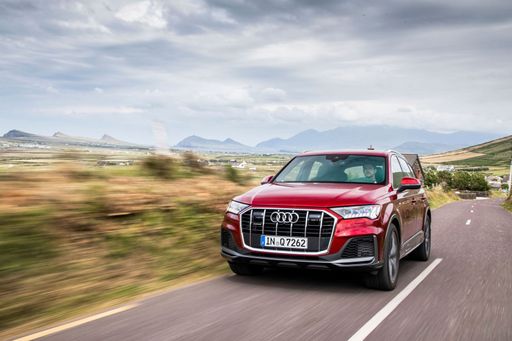 @ audi-mediacenter.com
@ audi-mediacenter.com
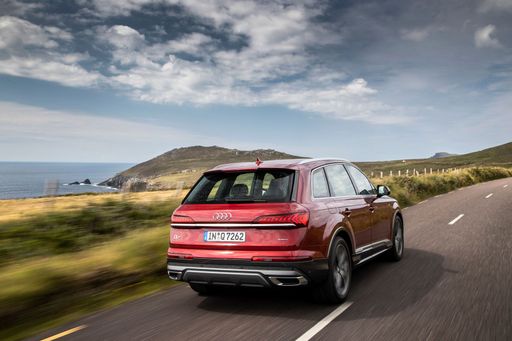 @ audi-mediacenter.com
@ audi-mediacenter.com
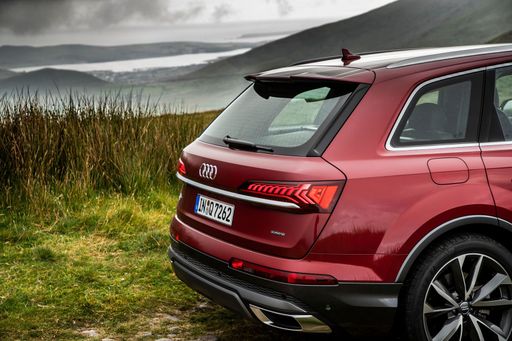 @ audi-mediacenter.com
@ audi-mediacenter.com
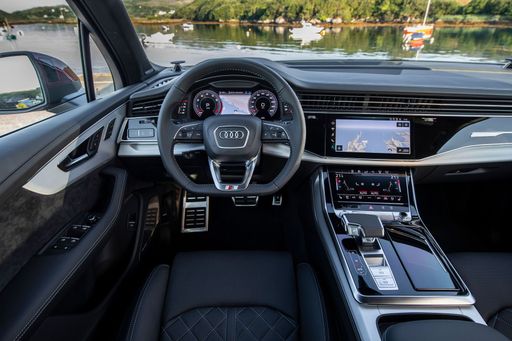 @ audi-mediacenter.com
@ audi-mediacenter.com
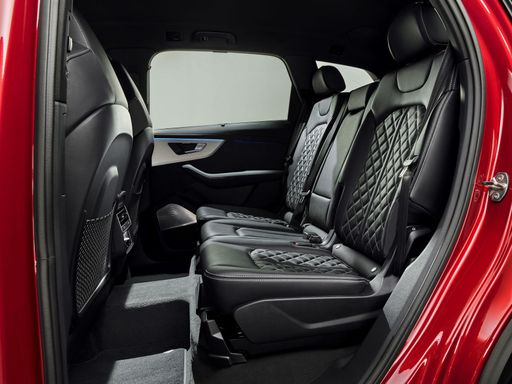 @ audi-mediacenter.com
@ audi-mediacenter.com
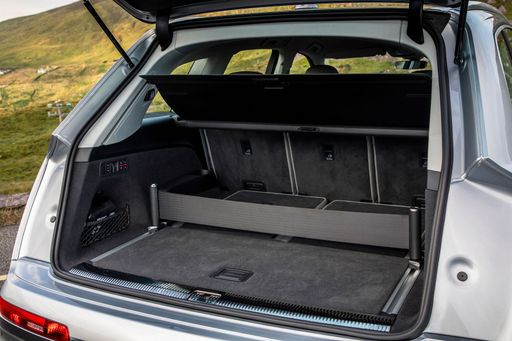 @ audi-mediacenter.com
@ audi-mediacenter.com
Volvo V60
The Volvo V60 exudes a sense of refined elegance with its sleek design and smooth contours, making it a standout in the estate car category. Inside, it offers a harmonious blend of luxury and functionality with premium materials and state-of-the-art technology, ensuring a comfortable driving experience. Its performance on the road is impressive, combining efficient handling with a powerful yet quiet ride, making it a favourite for those who appreciate both style and substance.
details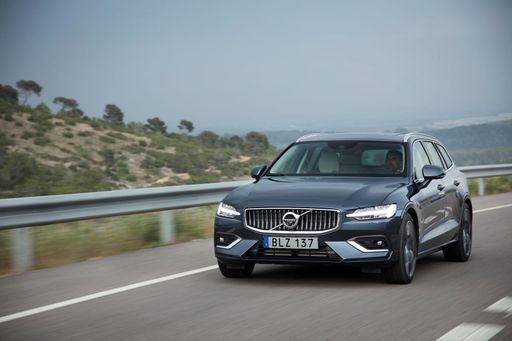 @ media.volvocars.com
@ media.volvocars.com
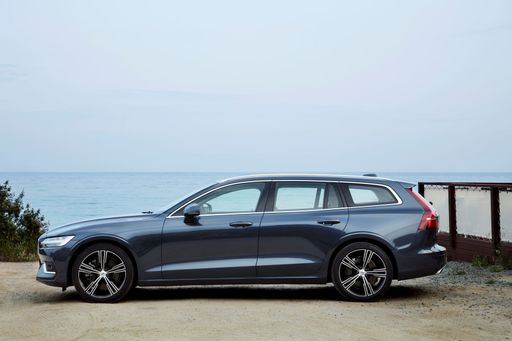 @ media.volvocars.com
@ media.volvocars.com
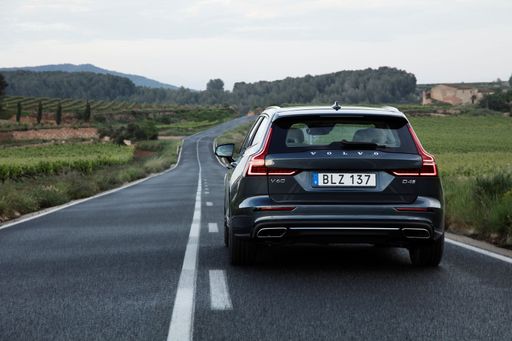 @ media.volvocars.com
@ media.volvocars.com
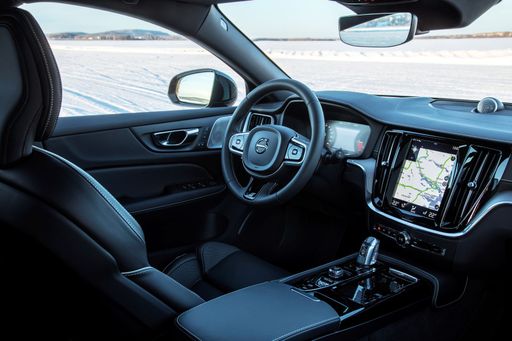 @ media.volvocars.com
@ media.volvocars.com
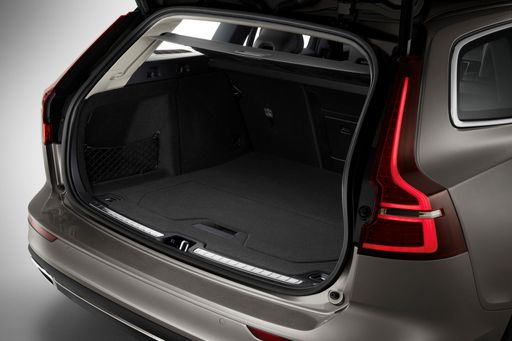 @ media.volvocars.com
@ media.volvocars.com

|

|
|
|
|
Costs and Consumption |
|
|---|---|
|
Price
69300 - 99000 £
|
Price
41600 - 64200 £
|
|
Consumption L/100km
1.2 - 11.9 L
|
Consumption L/100km
2.4 - 6.2 L
|
|
Consumption kWh/100km
-
|
Consumption kWh/100km
-
|
|
Electric Range
83 - 84 km
|
Electric Range
92 km
|
|
Battery Capacity
22 kWh
|
Battery Capacity
14.70 kWh
|
|
co2
28 - 271 g/km
|
co2
54 - 140 g/km
|
|
Fuel tank capacity
75 - 85 L
|
Fuel tank capacity
60 L
|
Dimensions and Body |
|
|---|---|
|
Body Type
SUV
|
Body Type
Estate
|
|
Seats
5 - 7
|
Seats
5
|
|
Doors
5
|
Doors
5
|
|
Curb weight
2055 - 2460 kg
|
Curb weight
1734 - 2064 kg
|
|
Trunk capacity
563 - 887 L
|
Trunk capacity
519 L
|
|
Length
5072 mm
|
Length
4778 mm
|
|
Width
1970 mm
|
Width
1850 mm
|
|
Height
1703 - 1735 mm
|
Height
1432 mm
|
|
Max trunk capacity
1863 - 2255 L
|
Max trunk capacity
1431 L
|
|
Payload
640 - 885 kg
|
Payload
466 - 506 kg
|
Engine and Performance |
|
|---|---|
|
Engine Type
Petrol MHEV, Plugin Hybrid, Diesel MHEV, Petrol
|
Engine Type
Petrol MHEV, Plugin Hybrid
|
|
Transmission
Automatic
|
Transmission
Automatic
|
|
Transmission Detail
Automatic Gearbox
|
Transmission Detail
Dual-Clutch Automatic, Automatic Gearbox
|
|
Drive Type
All-Wheel Drive
|
Drive Type
Front-Wheel Drive, All-Wheel Drive
|
|
Power HP
231 - 507 HP
|
Power HP
197 - 455 HP
|
|
Acceleration 0-100km/h
4.1 - 7.1 s
|
Acceleration 0-100km/h
4.6 - 7.6 s
|
|
Max Speed
226 - 250 km/h
|
Max Speed
180 km/h
|
|
Torque
500 - 770 Nm
|
Torque
300 - 709 Nm
|
|
Number of Cylinders
6 - 8
|
Number of Cylinders
4
|
|
Power kW
170 - 373 kW
|
Power kW
145 - 335 kW
|
|
Engine capacity
2967 - 3996 cm3
|
Engine capacity
1969 cm3
|
General |
|
|---|---|
|
Model Year
2025
|
Model Year
2024 - 2025
|
|
CO2 Efficiency Class
G, B
|
CO2 Efficiency Class
E, B
|
|
Brand
Audi
|
Brand
Volvo
|
Is the Audi Q7 offered with different drivetrains?
Available configurations include All-Wheel Drive.
The prices and data displayed are estimates based on German list prices and may vary by country. This information is not legally binding.
